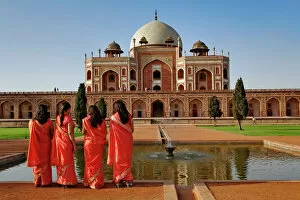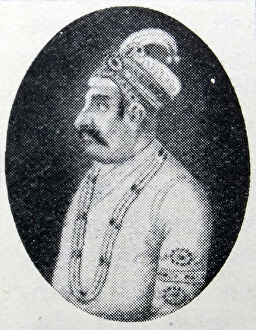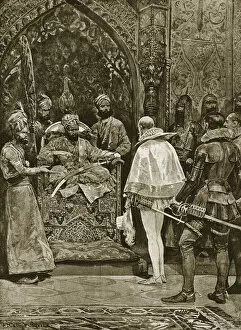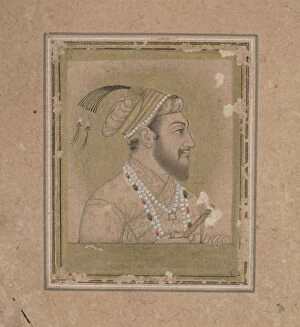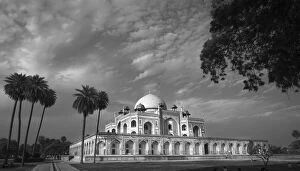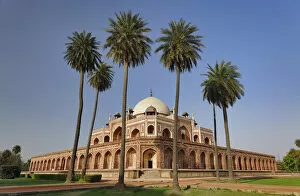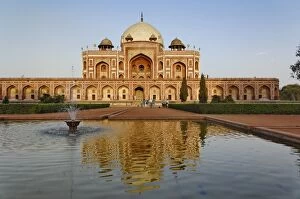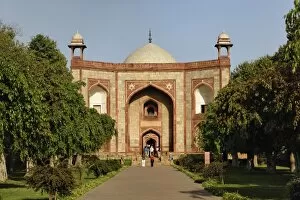Mughal Emperor Collection
The Mughal Emperors, known for their opulence and grandeur, left behind a rich legacy in India
All Professionally Made to Order for Quick Shipping
The Mughal Emperors, known for their opulence and grandeur, left behind a rich legacy in India. Young Indian ladies adorned in vibrant attire can be seen strolling near Humayun's Tomb in Delhi, a magnificent example of Mughal architecture. This tomb holds the remains of Emperor Humayun, whose reign marked the beginning of the Mughal dynasty. Centuries later, an early English embassy embarked on a journey to India in 1599. Illustrated depictions from that time showcase the intrigue and fascination surrounding this exotic land. In 1615, an English Ambassador found himself captivated by the splendor of India as he met with Aurangzeb, one of the most powerful Mughal Emperors. The lithograph captures Aurangzeb holding a flywhisk symbolizing his authority. Shah Jehan is another prominent figure among the Mughal Emperors. A portrait from the seventeenth century showcases his regality through ink with watercolor and gold accents. His most famous creation is none other than Taj Mahal – an architectural marvel that stands as a testament to love. Humayun's Tomb continues to mesmerize visitors today with its intricate architectural details and serene surroundings. Located in New Delhi, it exemplifies the beauty and grandeur associated with Mughal architecture. Another mausoleum dedicated to Emperor Jehangir also stands as a reminder of his reign. Intricate details adorn entry gate doorways leading to Humayun's Tomb at Nizamuddin in East Delhi – each carving telling stories from centuries past. Meanwhile, worshippers find solace within Badshahi Mosque's main prayer hall where prayers echo amidst its majestic walls. The Mughal Emperors have left an indelible mark on Indian history through their artistry and vision for grand structures like Humayun's Tomb or Shah Jehan's Taj Mahal.

